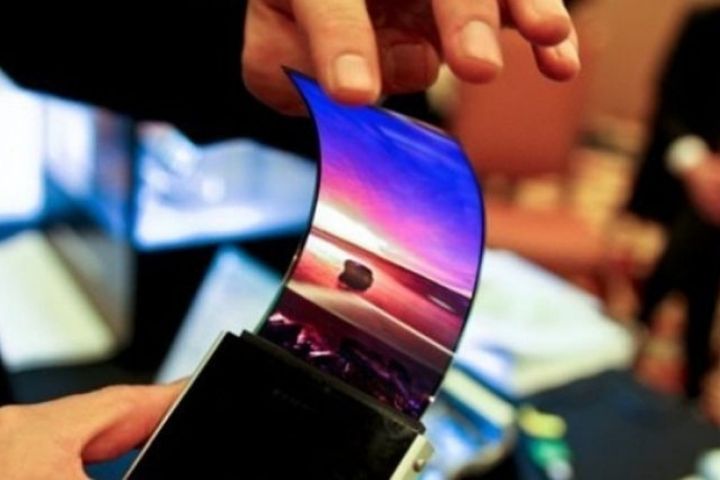You are going to learn about Flexible Screens in this article.
When Steve Jobs introduced the first iPhone in 2007, we witnessed a complete homogeneity in the format of smartphones. With more or less large screens, more or fewer frames, thinner or lighter phones, but without changing the design: in more than a decade, it has been the same. The battle was fought to offer more and better cameras and processors, more efficient batteries or more storage capacity.
Now The technology is changing very fast. The new smartphones with a folding screen are coming to the market: a still expensive technology that is already setting trends and has come to stay. We have no doubt that the price of these devices is higher than the devices available in the market.
Table of Contents
How Do These Flexible Screens Work?
From Glass To Polymer
The biggest difficulty in making the screens flexible was the glass. Glass does not bend, it is thick, heavy and shatters easily, although recent advances in manufacturing have significantly increased its resistance, especially to scratches, and its lifespan. Until recently, the majority of screens were based on the liquid crystal or LCD technologies.
A ray of light passes through a matrix made up of liquid crystals. The latter has the particularity of reacting to variations in an electric current and of modifying the polarization of light. By playing with colour filters (red, green and blue) on each pixel, we get a quality display.
LCD technology, however, needs a backlight and a screen where the light polarized by the crystals will be projected. In 1987, Kodak is filing another technology, OLED, which will take its time to emerge, but which will revolutionize the world of screens. Here, it is organic compounds that create their own source of light when passed through by a current.
As OLED pixels create their own light source, they don’t need a backlight like LCD panels. There are many advantages: the screens are thinner, less energy-consuming and offer better rendering. On the other hand, their lifespan is much more limited (around 50,000 hours). The great strength of OLED technology also lies in the flexibility of its organic materials. Pixels are not rigid. It is then sufficient to replace the surface glass layer with polymer (plastic) and a pliable solution is obtained.
Pros And Cons Of The Flexible Technology
Though the enormous possibilities offered by this format, flexible screens. They are not perfect and, although they have many advantages (such as the possibility of enjoying a larger screen without taking up more space), they also have disadvantages.
The first thing is, they cannot use hard and resistant materials such as glass, which makes them much more prone to scratching and deterioration. Also, like any other plastic that bends hundreds of times, the hinge point is also a detail that can cause problems over time. Finally, this type of screen has a technology that is more vulnerable to humidity and OLED diodes have a lower useful life than LEDs or LCD solutions.
Even with its drawbacks, the simple appearance of the first folding mobiles has served to show the indisputable possibilities of this new technology, since none of the models presented so far has the same format.
- The Samsung Galaxy Fold offers a design that is more reminiscent of a book. The folded screen is protected inside, which is safe from scratches and bumps and has a secondary screen on the outside.
- The Motorola RAZR recovers not only the name of the mythical series of clamshell terminals (that is, with a cover), but also its format. It is perhaps the most logical and, probably, one of the designs that will become more popular, not only because it has already been successful in the past, but because it combines the possibility of making terminals of contained dimensions with the obsession to protect the screen when closing it. It will allow us to carry the same screens that we use now but in half the space.
- For its part, the Huawei Mate X is the opposite: it is a proposal in which the screen folds in half and works both when folded and when we extend it.
